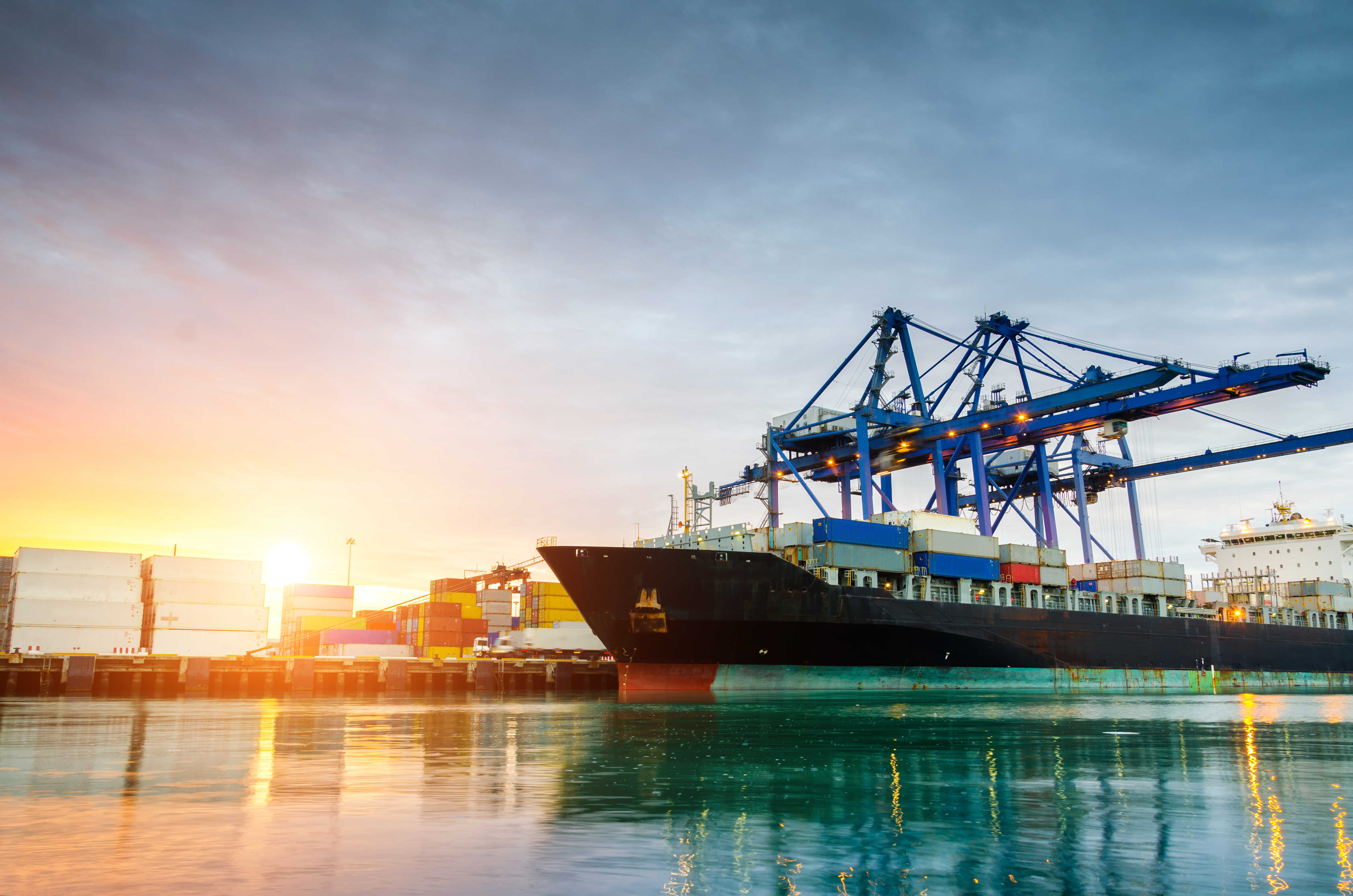2016 has been a year with many challenges and surprises – some expected and some not.
The consolidation of the carriers was expected and I stressed this in my article earlier this year.
The financial stress has been going on for a while and it was expected that one or more carriers would go under. It was also suggested at my earlier articles and some of my colleagues mentioned the same later in the year.
Overall when I look back, I see that we have guessed many things right. It is especially important during such turbulent times.
At this point, the future of the transpacific market is anyone’s guess. After the collapse of Hanjin, the immediate expectation was the rates would go up and space would get tighter. It did happen for few weeks, however soon after, we went back pre-Hanjin collapse in terms of rates and space. The market has eaten all that space. The overcapacity has been the number one reason behind where the industry currently stands.
How does the outlook for 2017 look?
Although a better year is expected in terms of rates, the outlook for 2017 is not any brighter than 2016. The good news is that the number of new vessels coming into service, comparing to 2016, is much less in 2017. In the first seven months of 2016, only 202,000 TEU of new containership capacity were ordered, compared to the 2.3 million TEU ordered during the whole of 2015. This might be translated into less space and consequently stronger rate market which is good news for carriers. I mentioned before that for the short term, the importers might seem they were benefiting from where the industry is now, however it has much broader and more serious consequences. Again, Hanjin is a good example. When they went down, thousands of containers were stranded, hundreds of importers were late with their deliveries and they had to pay premium to terminals directly to receive their cargo. Industry needs to be at a point where the steamship lines should be profitable and the importers are not complaining about the high rates. In this regard the steamship lines need to be more cautious when it comes to ordering vessels and applying increases to the market during peak times which causes importers to suffer. On the other hand, importers need to be more open minded about the freight market and need to understand benefiting from cheap rates only last short term. Instead of going after the freight costs, other areas in the whole supply chain needs to be evaluated.
Industry is already going through a consolidation and in a few years, there would be less than 10 major carriers serving international trade. We might see the first impact of the consolidation of the industry as early as 2017 second quarter. Even comparing to one year ago, we see that there is a dramatic decrease in the number of alliances. Now with 2M, Ocean Alliance and The Alliance, there are three major alliances.
Consolidation means the steamship lines would have a better grip and control of the space and rates. It might also means that less frequent services and less sailings. Alphaliner notes that number of weekly services on Asia-Europe routes has been reduced from 2015’s 21 loops to a maximum of 17. Meanwhile, at least three loops have been suspended on the Trans-Pacific route vessel sharing agreements will continue in 2017 and we might see further consolidations. It will be harder for small size, niche carriers to compete with this trend and eventually it will come down to either you are a part of an alliance or consolidation or your chances of surviving is null, especially on large, major trades.
What does the financial situation for the shipping industry look like?
In terms of financial situation in general with the carriers, there will not be a major improvement expected. However, after the collapse of Hanjin, at this point I don’t anticipate any major steamship line will face the same demise in 2017. There might be mergers and acquisitions, however major bankruptcy is not in the horizon – this is my personal opinion based on the current situation of major carriers. This doesn’t mean that industry is in a great shape. Many freight forwarders and steamship lines are still struggling financially due to the historic low levels of ocean freight rates. Many forwarders are barely standing and quoting unbelievable low rates, sometimes under the cost. This is not sustainable. According to latest Plimsol analysis, 129 shipping companies out of top 498 globally are financially weak and rated as Danger level.
My strong suggestion to all importers is to question the low rates they receive and ask for finances of those companies that would go after their businesses. Otherwise, they might be in a position where they would have to pay the freight charges twice and many other potential problems.
There will be major changes in 2017
Current supply-demand imbalance will persist over the coming 12-18 months as per Moody’s. new alliances are forming, mergers are happening. Number of new vessel deployment will be much less than 2016.
When all this comes together it still directs us to another challenging year. I will most probably have another post earlier in 2017 for general expectations and with more specifics, but for now the outlook is not that great and everyone needs to be ready according to this fact.
- 160shares
- 115LinkedIn




